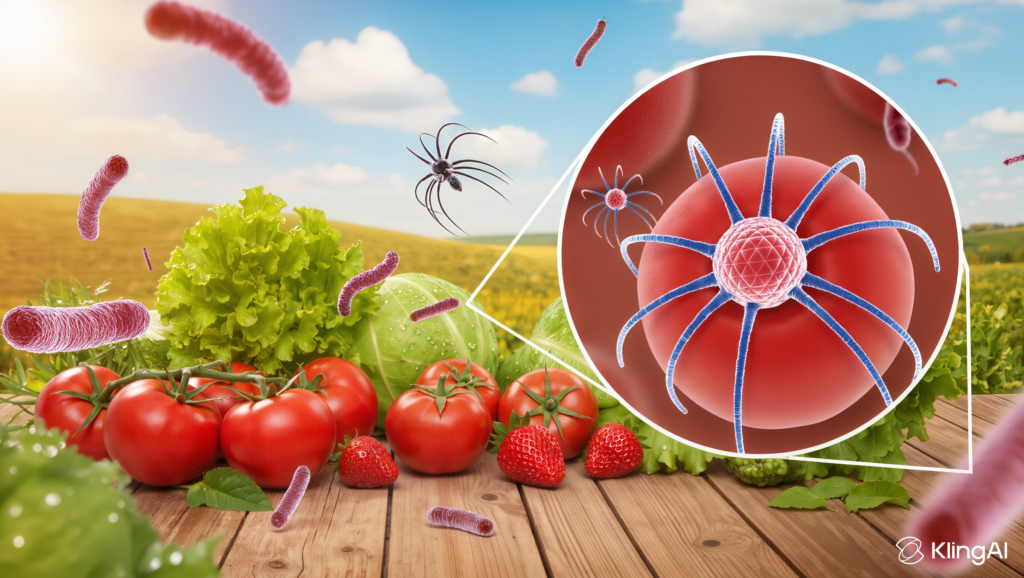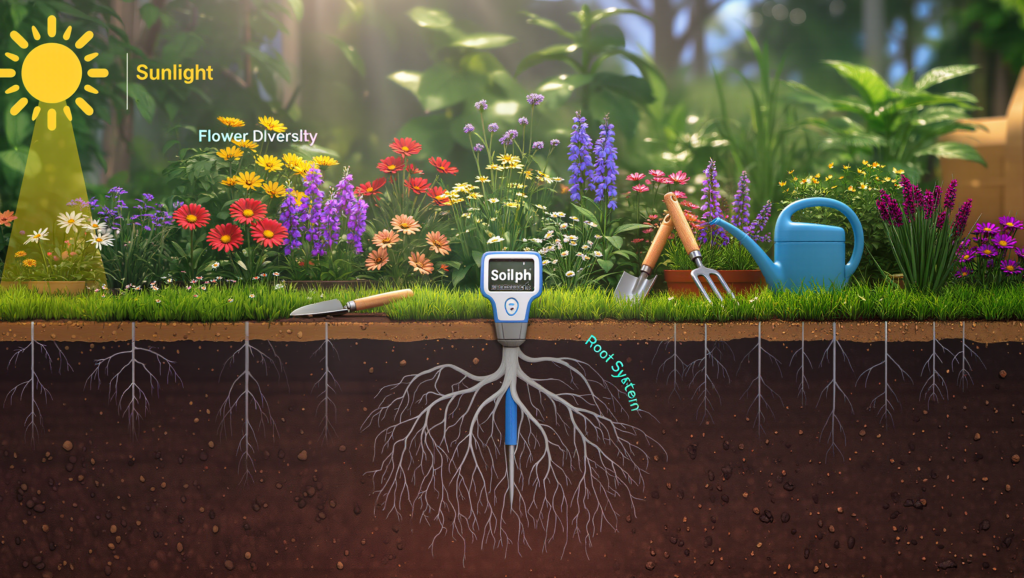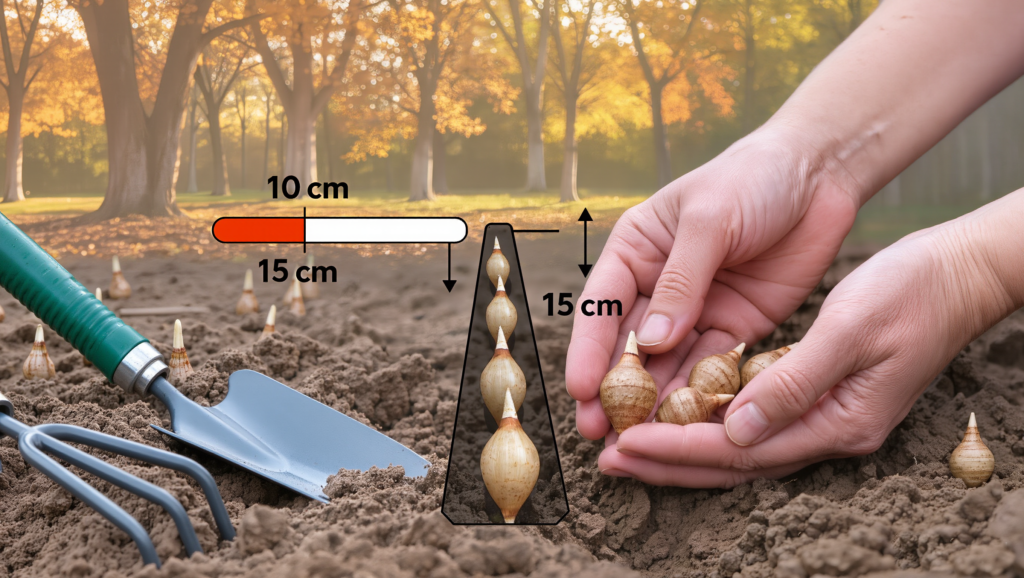Chemical pesticides have long been the frontline defense against crop diseases—especially those caused by bacteria. But with the surge in pesticide resistance, risks to farmworker health, environmental toxicity, and consumer anxiety about chemical residues, agriculture faces a crossroads. Enter phage therapy: a fascinating, precise, and eco-friendly alternative where viruses that naturally target and kill harmful bacteria (bacteriophages or “phages”) are repurposed to protect fruits, vegetables, and even soil. Is this the future of sustainable farming, or just another interesting experiment? Let’s unpack the fast-moving science and real-world impact of phage-based crop protection.
What Are Bacteriophages and How Do They Work?
Bacteriophages (“phages”) are viruses that infect and destroy bacteria, leaving other organisms (like animals, humans, beneficial microbes, and plants) untouched. On the farm, they’re deployed with surgical precision, homing in on specific pathogens that cause devastating crop losses.
- Mechanism: A phage attaches to a target bacterium, injects its genetic material, reproduces inside, and bursts the bacterium, releasing more phages to continue the infection-fighting process.
- Natural allies: Healthy soils and plants are naturally full of phages regulating bacterial populations. By harnessing and increasing them, farmers can fine-tune microbial life for crop protection—without negative environmental “collateral damage”.
Why Conventional Pesticides Miss the Mark
- Resistance grows: Bacteria often mutate to dodge chemical attacks, leading to “superbugs” that shrug off most pesticides, especially those used for decades.
- Environmental harm: Synthetic pesticides don’t discriminate, killing beneficial bacteria, pollinators, and aquatic life; residues build up in water and food, sparking health concerns.
- Ecosystem imbalances: Widespread pesticide use strips soil of its diverse microbiome, making crops more vulnerable and less resilient to pests and weather stress.
The Rise of Phage Therapy in Agriculture
1. Targeted Crop Protection
Researchers and commercial companies now isolate, study, and “breed” phages against the most damaging crop bacteria: Xanthomonas (tomato and pepper), Ralstonia (potato and tomato wilt), Pseudomonas (leaf, fruit, and root diseases), Clavibacter, Agrobacterium, and more.
- How it’s done: Phages are formulated into “cocktails”—groups of viruses which collectively target multiple strains of a crop pathogen. They’re sprayed on leaves, watered into soil, or applied as seed coatings.
- Benefits: Phages only kill their target bacteria, leaving good microbes, insects, and wildlife untouched. They also evolve alongside bacterial threats, ensuring long-term efficacy as pathogens mutate.
2. Food Safety Throughout the Supply Chain
Phages aren’t limited to crops—commercial phage preparations are registered for use on harvested produce (tomatoes, apples, lettuce, berries), reducing contamination by foodborne pathogens like Salmonella or E. coli.
- Sprayed, dipped, or washed: Phages are applied to fresh-cut and ready-to-eat fruits/veggies, dramatically cutting disease and spoilage rates and limiting risk of outbreaks.
- Less chemical residue: Phage therapy leaves no toxic trace, making for cleaner food from farm to table.
3. Synergy with Resident Soil Microbiomes
Recent experiments show that frequent application of phage cocktails enriches diversity and resilience of soil microbes, often triggering “second-line” defenses from native antibiotic-producing bacteria—like beneficial Actinobacteria—which magnify pathogen suppression.
- Enhanced plant health: Crops develop stronger roots, improved disease resistance, and better nutrient uptake.
Phage Therapy vs. Chemical Pesticides: The Evidence
| Feature | Chemical Pesticides | Phage Therapy |
|---|---|---|
| Target specificity | Broad, kills good microbes | Narrow, targets only pests |
| Resistance risk | High, rapid resistance grows | Lower, phages co-evolve |
| Ecological impact | Disruptive, residue builds | Preserves microbiome, eco-friendly |
| Crop/food safety | Residues, toxicity concerns | Safe, can be used post-harvest |
| Food safety in supply chain | Limited, not post-harvest | Effective after harvest |
| Long-term sustainability | Unsustainable, declining | Aligns with climate-resilient goals |
| Regulatory approval | Standard, but under scrutiny | Fast-tracked in some countries |
Commercial Success Stories and Global Applications
- FDA/EPA approvals: AgriPhage and other products are marketed in the USA and Europe for control of bacterial spot, canker, and wilt, with proven reduction of crop loss.
- Fruit and vegetable industry: Phage therapy is already keeping apples, berries, leafy greens, and tomatoes safer from farm to supermarkets—in field trials and post-harvest washes.
- Global food security: Phage programs in India, Brazil, and parts of Africa are successfully replacing chemical sprays for certain staple crops, lessening environmental damage and cost, and boosting yield.
What About Resistance—Won’t Bacteria Dodge Phages Too?
Yes, but nature’s arms race gives phages an edge:
- Phage cocktails: By using multiple phages, researchers can cover more strains, block resistance, and ensure long-term protection.
- Evolution in real time: Phages adapt as bacteria mutate, often at comparable or faster rates than antibiotics—keeping the pressure on pests without losing efficacy.
- Synergy with other biocontrol: Mixed with beneficial fungi, bacteria, or insect partners, phages deliver robust, multifactorial defense with lower risk of one-pathogen escape.
Are There Limitations? Key Hurdles and Challenges
- Environmental persistence: UV light, rainfall, and extreme weather can reduce phage survival on crops, necessitating repeated or tailored applications.
- Regulatory lag: Some countries have been slow to approve phage products for widespread use, though momentum is building with safety and efficacy data.
- Storage and handling: Phages are biological agents, needing refrigerated or protected storage to maintain viability.
- Complexity of microbiomes: A single “bad bug” rarely operates alone—matching phages to the right pathogens at the right time takes knowledge and often laboratory support.
The Future: Phage Therapy As a Core Tool for Sustainable Agriculture
- Precision farming: Expect AI-assisted, “responsive” phage cocktails that react to evolving field threats, not just “one size fits all” solutions.
- Genetic engineering and natural improvement: Some phages may be tweaked for durability, host range, or synergy with anti-bacterial compounds—always with strict safety review.
- Integrated pest management: Phages will likely work alongside other biocontrol agents, cover crops, and new soil health strategies as part of a sustainable agriculture toolkit.
Bottom Line: The Bacteria-Eating Virus Revolution—Cleaner Produce, Healthier Farms
Phage therapy marks a profound shift in how farmers fight plant diseases. With surgical precision, powerful adaptability, environmental safety, and positive influence on plant and soil health, bacteriophages are pushing agriculture into greener territory—reducing the need for chemicals and protecting crops from seedling to supermarket shelf. The pesticide problem isn’t completely solved yet, but “bacteria-eating viruses” are leading us closer to a future where food is safer, farms are more productive, and the planet breathes a little easier.
Did you find this article meaningful and useful? Then please help support us by following either one or all of aur pages on social media,. That way you also get to see our videos and posts on other topics that might also be meaningful to you. Youtube, Instagram, Facebook, Pinterest, Twitter (X)








